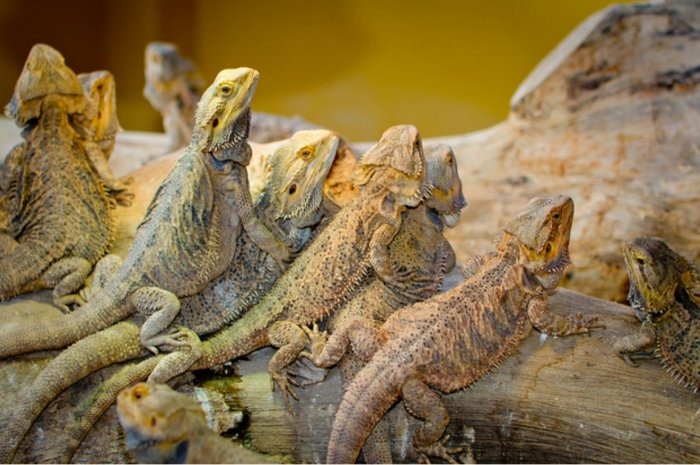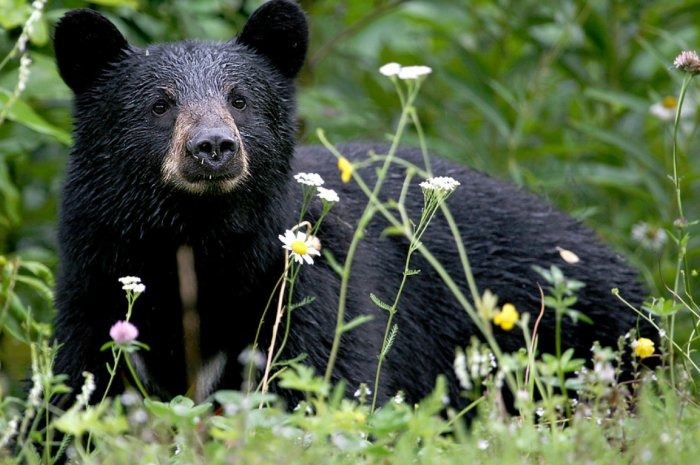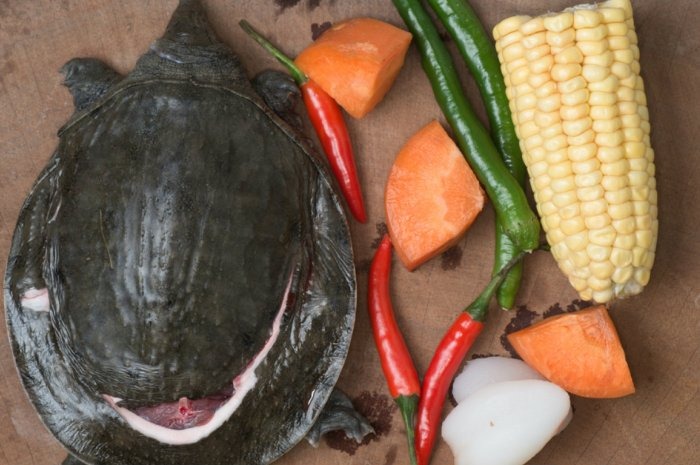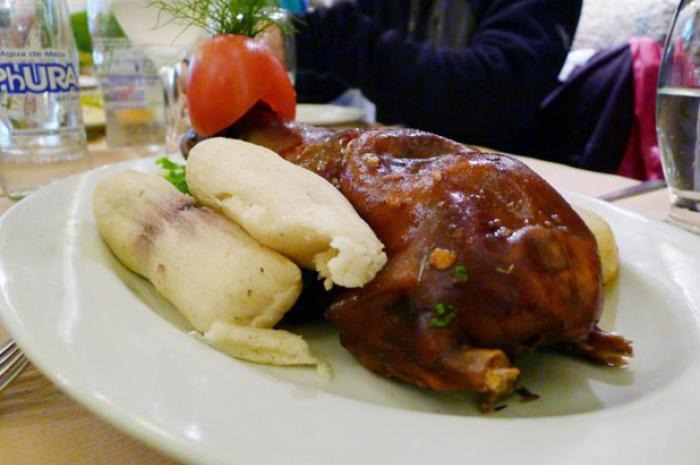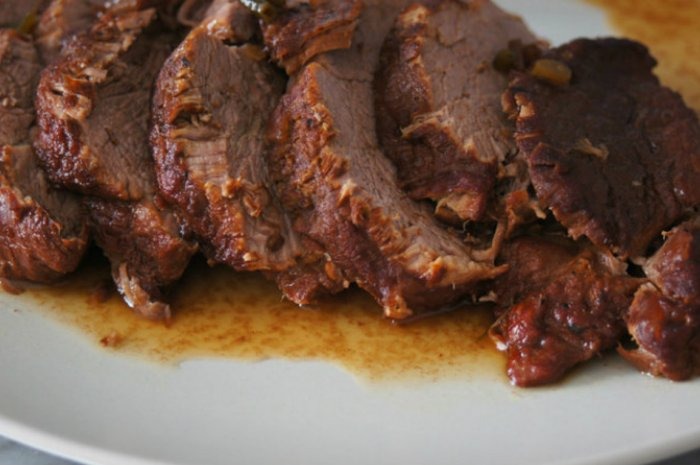5 Animals You Won't Believe People Eat
It's good being on top of the food chain. As humans, we're lucky enough to be able to eat anything we want, provided we have access to it. If it's edible, we can eat it.
Iguana
Iguana is eaten in most of the places where it's indigenous, which are mostly in Central America. In order to cook an iguana, you want to gut it, then cut it up like a chicken. Give it a boil for about half an hour, pull all the meat off, and treat it as you would chicken or any other light meat.
Black Bear
Say you're out for a hike when you happen upon a black bear that attacks you. Slaying it will work up a heck of an appetite, but hey, you've got hundreds of pounds of meat at your disposal now! Black bear meat is reportedly a bit metallic, and meat from young bears supposedly tastes better. Chef and food scientist Dave Arnold suggests cooking it low and slow for about three hours.
Turtle
There's a surprising amount of meat on a turtle, so you're going to want to chop it up, give it a boil, then shred the meat — similar to how you'd treat iguana. The texture is comparable to frog legs or lobster, and it goes great in a gumbo.
Guinea Pig
Pigs are delicious; guinea pig has "pig" in its name; therefore, guinea pigs are also delicious. In the Andes, guinea pigs, known as cuy, are a staple, with a flavor similar to rabbit (They're also apparently eaten in Minneapolis). There are a couple traditional preparations: Once it's skinned and gutted, give it a rub with oil, salt, pepper, cumin, and garlic, then roast it. You can also deep-fry the whole thing. It'll take a little work to get at all the meat, but a guinea pig has enough on it to feed one person.
Camel
Like most other large, four-legged animals, camels can be butchered into a whole lot of cuts, many of which resemble beef. One main difference is that there's very little fat on a camel, so you want to make sure that you go medium rare or less, or else it'll be tough. It would probably smart to braise. You can also apparently drink their milk.

